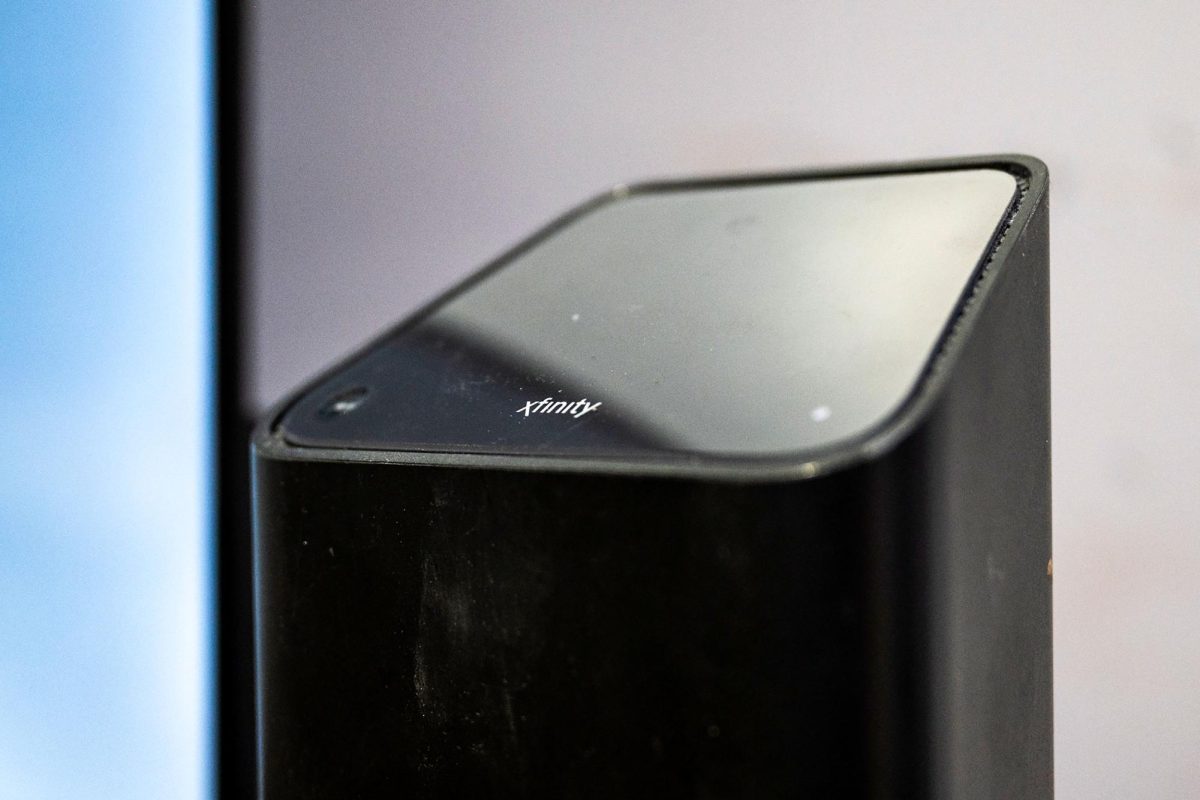Officials will streamline the University’s wireless networks this summer after a trial phase this spring, according to an email from GW Information Technology on Wednesday.
The email states that GW will reduce the number of network names from six down to three, maintaining eduroam and GWguest while debuting GWdevice, which will allow devices to better communicate with each other. GWdevice was piloted this semester in West Hall, and will available this fall primarily for residential use, according to Vice Provost for Libraries and Information Technology Geneva Henry, who sent the email.
GW will also replace distribution nodes — large network devices that cater to multiple buildings and facilitate connectivity to devices within each respective building — across campuses to remove aging hardware and make GW networks more reliable and efficient. The email states that the University committed in 2019 to a strategic plan that implemented a five year life cycle for maintaining GW’s network infrastructure.
“GW IT will complete the first full five year lifecycle this summer, with the replacement of our network distribution nodes,” Henry said in the email.
GW will work closely with its “University partners” to coordinate and communicate the equipment upgrades to minimize disruptions because the replacement of the distribution nodes will impact the University’s network services, Henry said in the email.
The University will also continue its replacement of access switches — local devices within buildings that enable network access to wireless access points and devices. GW currently has a lifecycle program that replaces approximately 20 percent of the University’s 1,100 access switches per year, according to Henry’s email.
“This strategic approach allows us to stay updated with network technology advancements, manage costs, and ensure timely hardware replacement to minimize risk or unplanned interruptions,” Henry said in the email.











